Have you ever seen a dog focused on nuzzling their expensive treat under a blanket, behind a couch cushion, or into a freshly dug hole in the backyard? You might think they are behaving like a paranoid doomsday prepper, but dogs aren’t stockpiling their food due to anxiety about impending disaster.
Instead, they’re revealing how their evolutionary past still shapes modern behaviours. This forward-thinking strategy offers us a unique window into how we can help them live well.
Why do dogs cache food, treats and toys?
You might have heard of “caching”, the scientific term for storing food in hidden places for later use. This behaviour is widespread across the animal kingdom, from squirrels, to crows, and wolves.
Caching behaviour generally falls into one of two categories.
One is known as larder hoarding – think of a squirrel stashing nuts in just one or two places to draw from as they get through a long Winter.
The other is known as scatter hoarding. It is where animals make smaller caches of surplus food in many different locations, reducing the chance of losing everything to a competitor or going hungry in lean seasons. It’s mostly seen in wild canids such as foxes and wolves.
This behaviour in modern dogs is an instinctual remnant. It reflects the competitive feeding patterns of their ancestors who lived by hunting, for whom securing food was unpredictable, but crucial for survival.
Dogs appear to rely on a combination of scent and observational spatial memory to remember where they have cached special items, such as food, treats and toys.
Mitchell Orr/Unsplash
Is my dog worried I won’t feed it next week?
When we see today’s household dogs taking their toys to quiet places to hide them, nosing blankets to cover treats, or digging a hole for a bone in the backyard, they aren’t consciously worried that they won’t be fed again.
This behaviour is driven by an inherited survival mechanism. It shouldn’t be considered evidence they anticipate being hungry in the future.
However, dogs who have experienced food scarcity or stress, such as displaced dogs that have been stray, may cache more as coping mechanism shaped by that experience.
It might also be more commonly seen in breeds who were selected for their hunting-type behaviours, such as terriers and hounds.
Is this behaviour a problem?
If you’re finding that caching is a problem behaviour in your home, it’s worth considering the underlying reason.
Our dogs’ behaviour is how they communicate with us, and behaviour we perceive as problematic (such as barking, digging and jumping up), is often just normal dog behaviour that doesn’t suit us in that moment.
When we invite dogs into our homes to live with us, we need to provide suitable outlets for their natural behaviours. These include daily physical activity, social connection they enjoy, and regular mental stimulation.
Read more:
The science of happier dogs: 5 tips to help your canine friends live their best life

Ayla Verschueren/Unsplash
Snuffle mats and slow feeding interactive puzzle toys can be a terrific way to provide them with foraging-based behavioural interaction. These let you hide your dog’s food or treats in folds of fabric, compartments or textured surfaces, so the dog then needs to actively “problem-solve” to get at their goal.
This can keep dogs happily engaged, reducing boredom and anxiety. It might also help to satiate the same natural behaviour itch that drives them to dig in the backyard.
If you are experiencing problems with dogs growling or defending their food (behaviour known as resource guarding) from other dogs, or people in the home, you might need to explore strategies to keep everyone safe.
This could include making sure there are more toys or chews available than there are dogs in the environment to reduce any perceived competition. It could also mean giving multiple dogs their own area to eat while separated by a physical barrier (for example, using a door or toddler gate to keep them apart).
If you’re concerned about your dog’s caching behaviours, consult your local vet or ask them to connect you to a professional with suitable animal behaviour expertise.
Next time you see your dog carefully stashing that special item, you can relax, knowing they aren’t worried about an impending apocalypse or protesting against your choice of treat flavour. They are engaging in normal, natural behaviour that speaks to their wild past.

The post “Your dog is not a doomsday prepper. Here’s why they hide food and toys” by Mia Cobb, Research Fellow, Animal Welfare Science Centre, The University of Melbourne was published on 11/27/2025 by theconversation.com






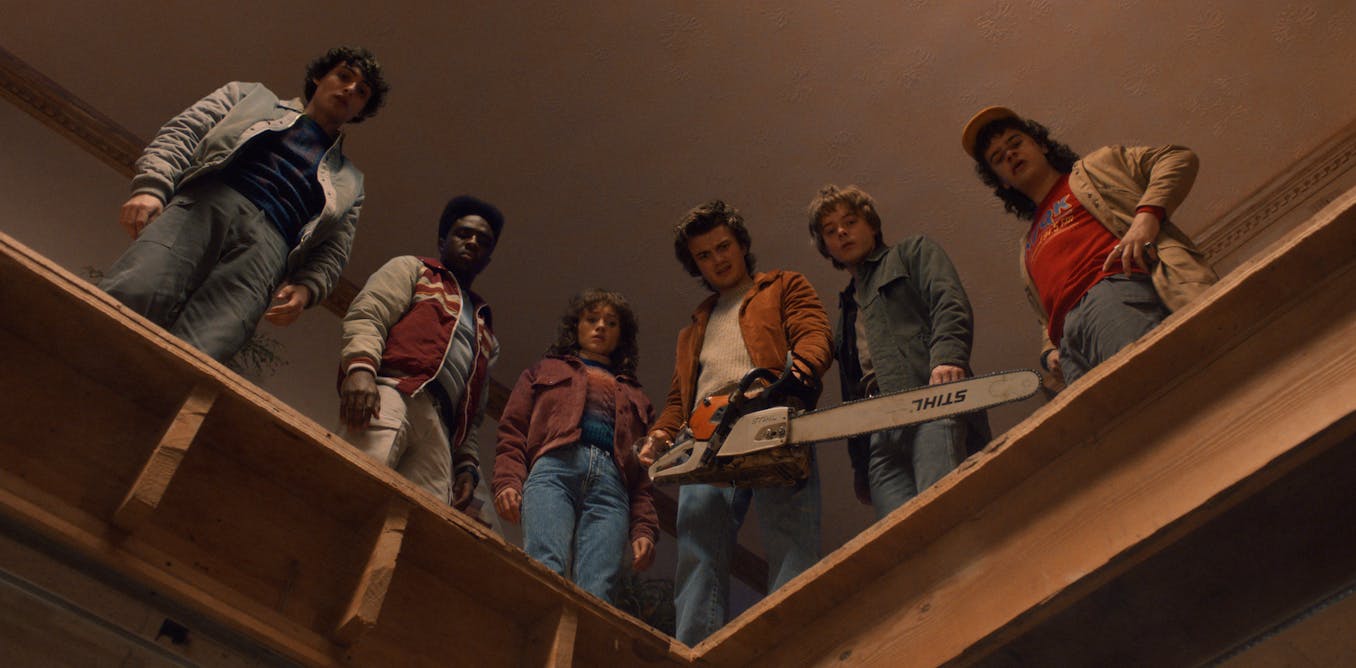




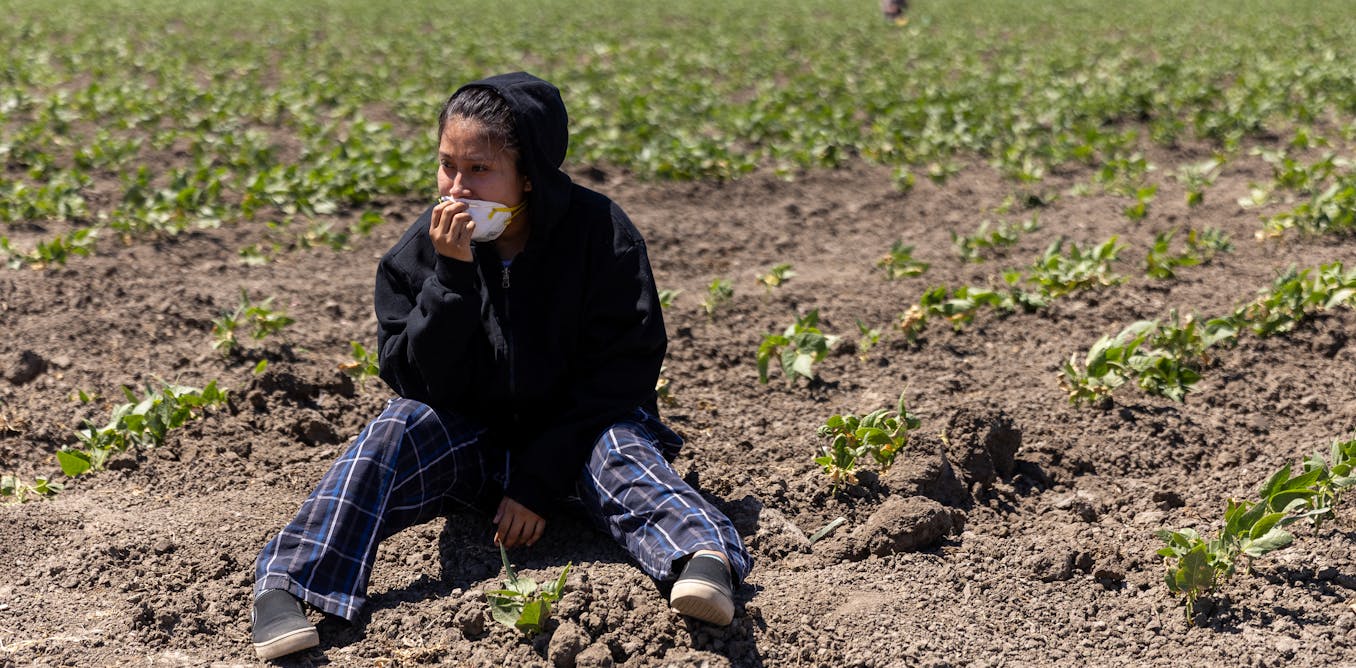



















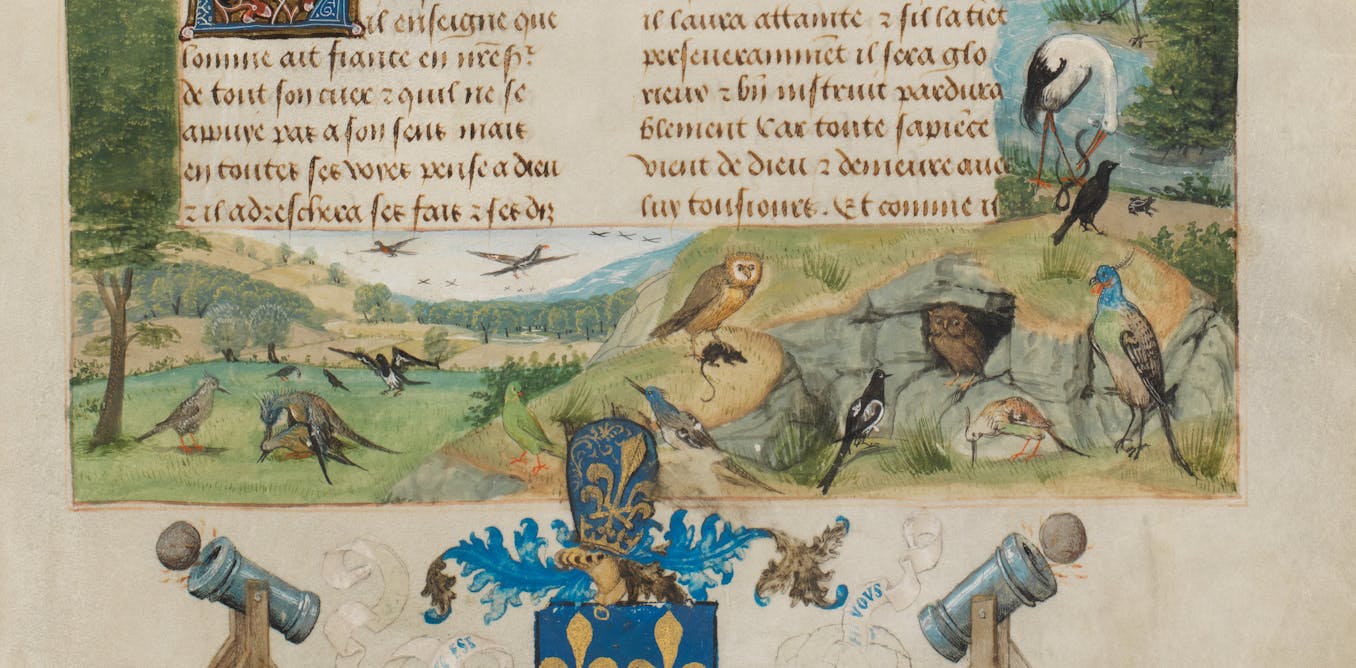

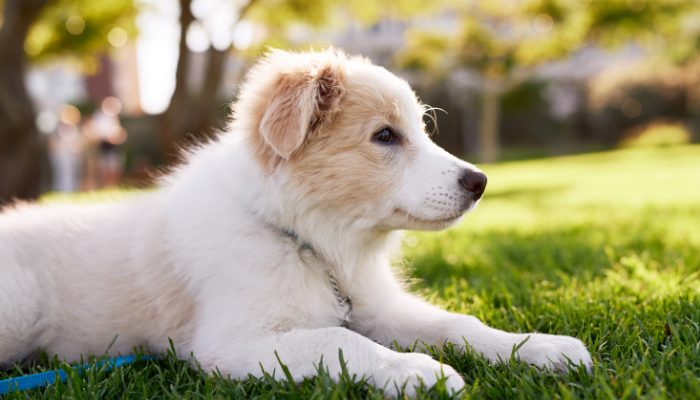
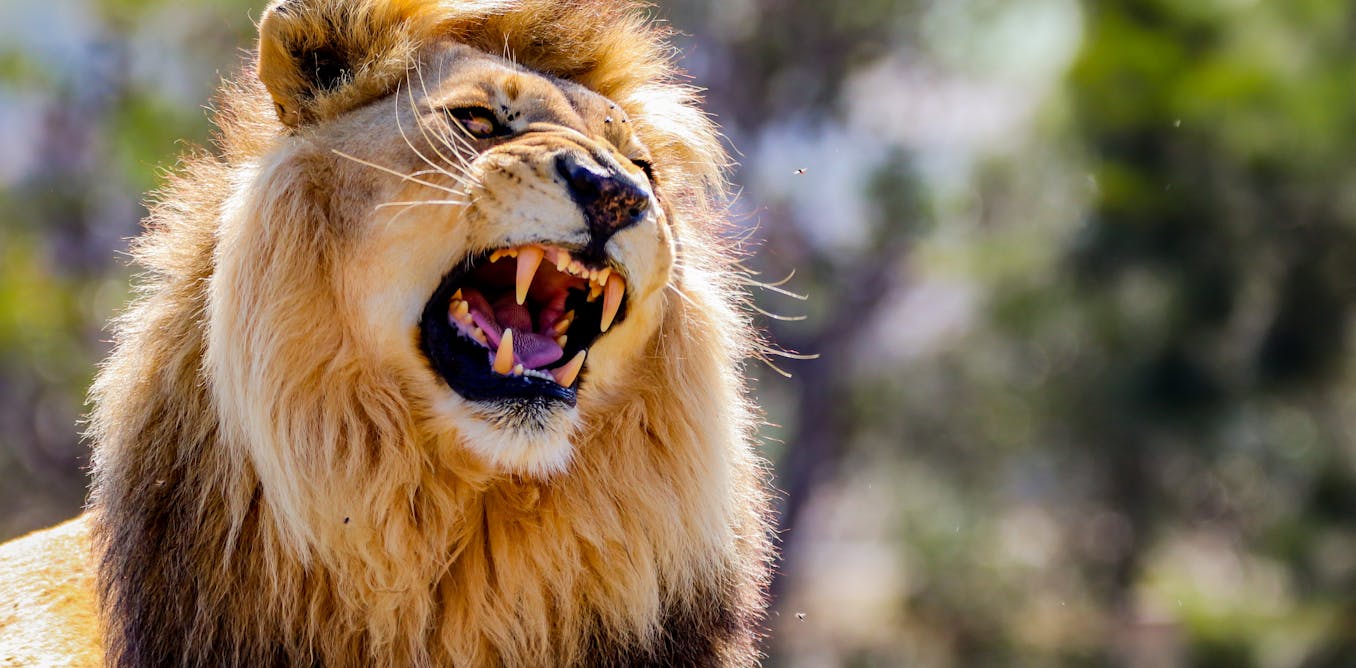



Leave a Reply